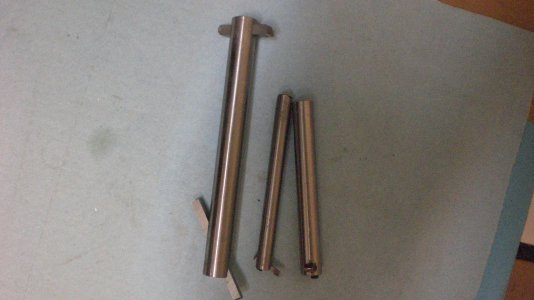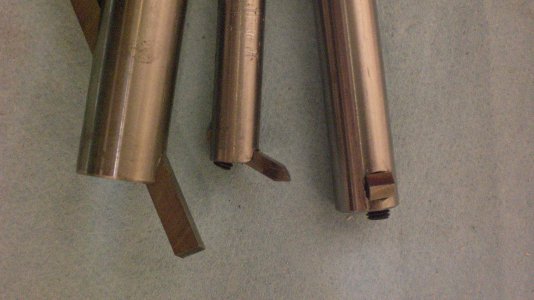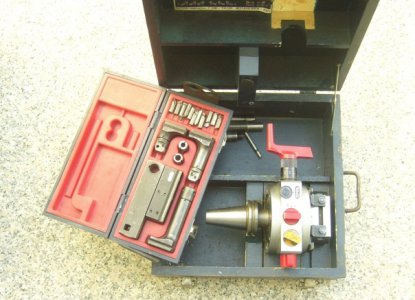Hi, All,
Several people have recommended that I buy a boring head for my mini-mill. I'm trying to visualize how I would use it, and come up with this question, which I'm sure you experienced machinists have resolved thousands of times.
I understand how one would use a boring head in the mill if making a through-hole in a something. But what I don’t understand is how you would make a blind hole, or a hole with a lip at the bottom? If you did this on the lathe, you would, as a last step, “face” the bottom of the hole or lip to make it flat. But that doesn’t seem possible with a boring head.
I could imagine doing this with a rotary table, using an end mill to machine the flat bottom surface, but only if the hole were shallow enough that the end mill could reach it.
How is this operation typically done?
Several people have recommended that I buy a boring head for my mini-mill. I'm trying to visualize how I would use it, and come up with this question, which I'm sure you experienced machinists have resolved thousands of times.
I understand how one would use a boring head in the mill if making a through-hole in a something. But what I don’t understand is how you would make a blind hole, or a hole with a lip at the bottom? If you did this on the lathe, you would, as a last step, “face” the bottom of the hole or lip to make it flat. But that doesn’t seem possible with a boring head.
I could imagine doing this with a rotary table, using an end mill to machine the flat bottom surface, but only if the hole were shallow enough that the end mill could reach it.
How is this operation typically done?




